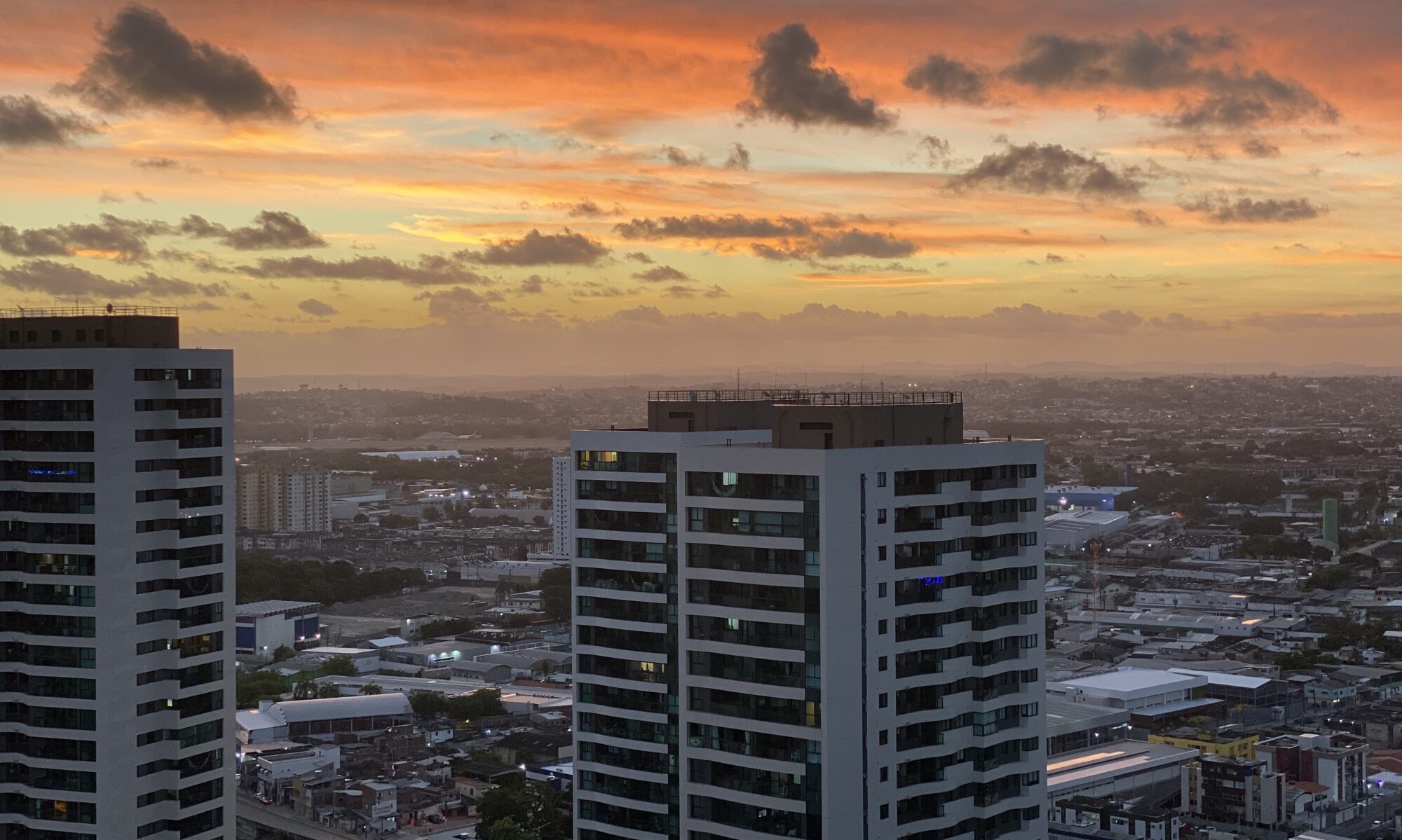The creation of the state of Tocantins, which occupies an area which was previously the northern territory of the state of Goiás, was determined by the 1988 Constitution. Tocantins covers a transitional area between the Amazon Forest and the Savannah, with vegetation and fauna belonging to both eco-systems. The state is crossed from north to south by two long rivers, the Tocantins and the Araguaia, where tourists can enjoy a succession of beaches and appreciate the beauty of the region’s nature. The land is suitable for agriculture and cattle raising.
Opened up by Jesuit missionaries, who founded a mission in 1625 in the north of what was the state of Goiás, Tocantins was always different from the other regions of the state to which it belonged. The difficulties of travel in the area which now forms the state of Tocantins led to greater settlement, and therefore development, in the south and south east, strengthening regional differences and encouraging separatist ideals. The first stirrings towards self government began in 1809, as a reaction to the levying of heavy taxes on mining, and were followed by various attempts at separation in the nineteenth century, all of which failed. From the 1970s onwards, the movement grew stronger, and the creation of the state of Tocantins was finally decided by the new Brazilian Constitution of 1988.
Construction of Palmas, the new capital, started in 1989 and lent the region a touch of modernity. The architecture of Palmas contrasts with that of the other cities in the state, which were mostly founded during the colonial period and show traces of the architecture and culture of the eighteenth century.
Mainly in the period from June to September, when the rivers are low, white sand beaches offer a great variety of leisure options, from camping by the riverside to sports such as fishing and canoeing. In order to encourage tourism, which is still little publicised, the state government has defined four tourist regions: Palmas, Bico, Lagos and Termas & Gerais. The state of Tocantins also possesses 20 archaeological sites, which have been studied by researchers from various parts of the country.
In need of economic development, Tocantins is growing thanks to extensive cattle raising, to subsistence agriculture, and to the establishment of commercial agriculture, whose principal product, pineapples, supplies other Brazilian states and is now an important item on the list of exports to other Mercosul countries. Largely in the extreme north of the state, there is also a vegetable extraction industry, centred round the babaçu palm tree, from which both oil and charcoal are obtained. With a view to economic expansion and diversification, Tocantins also has several special projects, ranging from the construction of the Lajeado hydro-electric scheme and the Araguaia – Tocantins waterway to the extension of the North South Railway.
With large tracts of land inhabited almost exclusively by Indians, Tocantins has developed an unprecedented education programme for indigenous peoples. Developed in four schools, the programme includes the training of Indian teachers in their own language and in Portuguese. Besides encouraging education, the main concern is to respect the customs and traditions of the six Indian villages in the state. The Programme for Indigenous Education has been recognised by Unesco as a model to be followed by countries which possess indigenous populations.

